Government Policies and Incentives
Government policies and incentives play a crucial role in shaping the Electric Vehicle Battery Material Market. Many countries are implementing stringent regulations aimed at reducing carbon emissions, which in turn encourages the adoption of electric vehicles. For instance, various governments offer tax credits, rebates, and subsidies for EV purchases, making them more accessible to consumers. Additionally, some regions have set ambitious targets for phasing out internal combustion engine vehicles, which is likely to further stimulate demand for battery materials. The International Energy Agency has indicated that supportive policies could lead to a doubling of EV sales by 2030, thereby significantly impacting the Electric Vehicle Battery Material Market. These initiatives not only foster market growth but also drive innovation in battery technology, as manufacturers seek to comply with evolving regulations.
Rising Demand for Electric Vehicles
The increasing consumer preference for electric vehicles (EVs) is a primary driver of the Electric Vehicle Battery Material Market. As more individuals and businesses transition to EVs, the demand for high-performance battery materials, such as lithium, cobalt, and nickel, escalates. According to recent data, the EV market is projected to grow at a compound annual growth rate (CAGR) of over 20% through the next decade. This surge in demand necessitates a corresponding increase in the supply of battery materials, thereby propelling the Electric Vehicle Battery Material Market forward. Manufacturers are investing heavily in sourcing sustainable materials to meet this demand, which further emphasizes the importance of innovation in battery technology. The shift towards EVs is not merely a trend; it represents a fundamental change in consumer behavior and energy consumption patterns.
Growing Investment in Renewable Energy
The escalating investment in renewable energy sources is significantly impacting the Electric Vehicle Battery Material Market. As the world shifts towards cleaner energy solutions, the integration of renewable energy into the EV ecosystem becomes increasingly vital. The use of renewable energy for battery production can reduce the carbon footprint associated with battery manufacturing, making electric vehicles more sustainable. Data indicates that investments in renewable energy technologies are expected to reach trillions of dollars over the next decade, which could lead to a corresponding increase in demand for battery materials. This trend not only supports the growth of the Electric Vehicle Battery Material Market but also encourages the development of innovative solutions that enhance the efficiency and sustainability of battery production processes.
Supply Chain Resilience and Material Sourcing
The resilience of supply chains and the strategic sourcing of materials are pivotal factors influencing the Electric Vehicle Battery Material Market. Recent disruptions in global supply chains have highlighted the vulnerabilities associated with sourcing critical materials like lithium and cobalt. As a result, manufacturers are increasingly focusing on establishing more robust supply chains and diversifying their sources to mitigate risks. The demand for ethically sourced materials is also gaining traction, as consumers become more conscious of the environmental and social impacts of battery production. Reports suggest that companies prioritizing sustainable sourcing practices may see a competitive advantage in the Electric Vehicle Battery Material Market. This shift towards responsible sourcing not only enhances brand reputation but also aligns with the broader sustainability goals of the automotive sector.
Technological Innovations in Battery Chemistry
Technological advancements in battery chemistry are transforming the Electric Vehicle Battery Material Market. Innovations such as solid-state batteries and lithium-sulfur technologies promise to enhance energy density, reduce charging times, and improve overall battery lifespan. These developments are critical as they address some of the key limitations of current lithium-ion batteries, which have dominated the market. Research indicates that the adoption of advanced battery technologies could lead to a 30% increase in energy efficiency, making electric vehicles more appealing to consumers. As manufacturers strive to develop next-generation batteries, the demand for specialized materials, such as advanced electrolytes and cathodes, is expected to rise. This trend not only supports the growth of the Electric Vehicle Battery Material Market but also encourages collaboration between material scientists and automotive engineers.


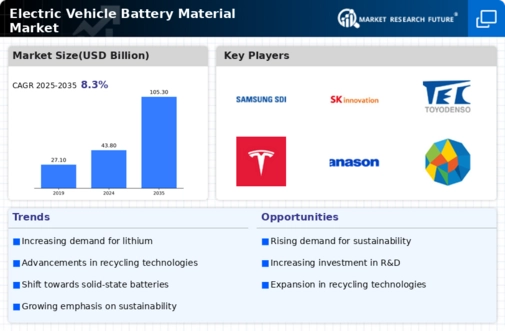
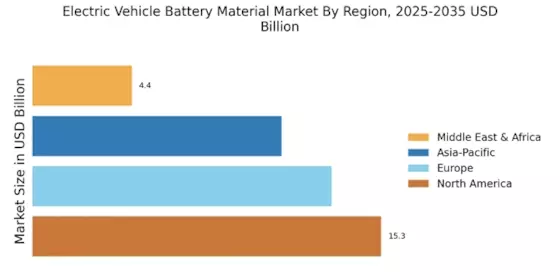
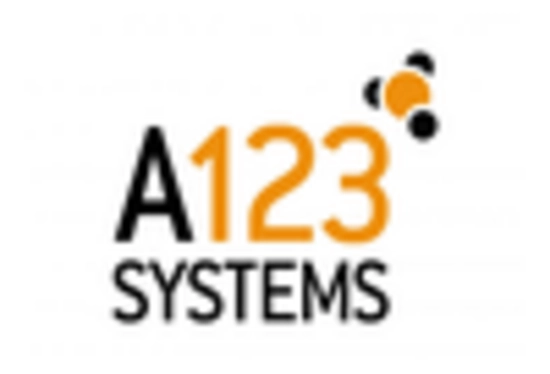


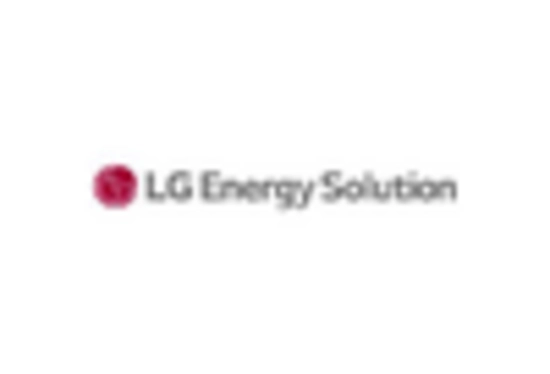
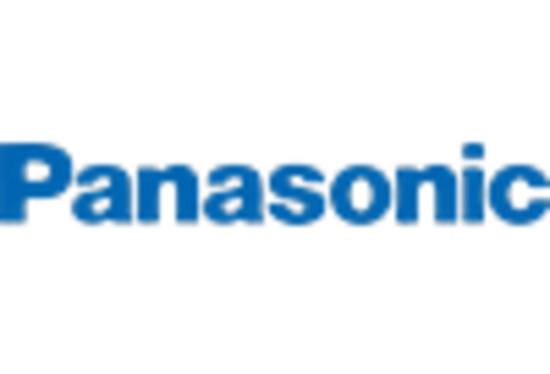
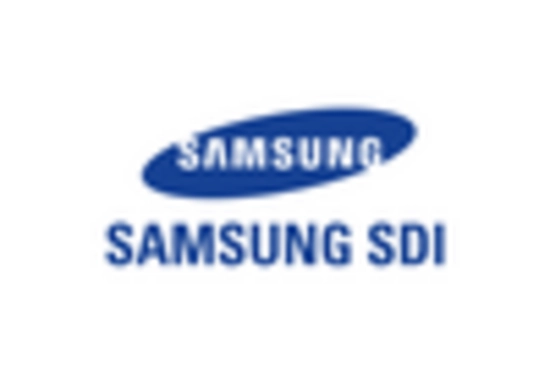








Leave a Comment